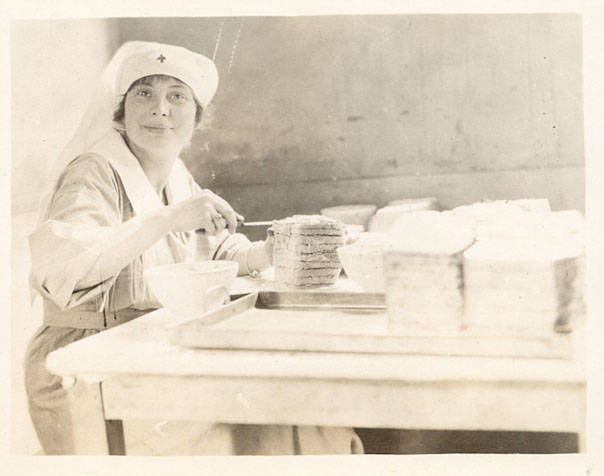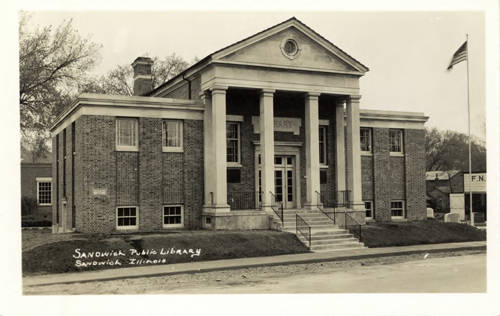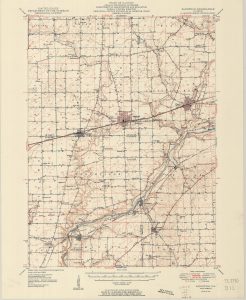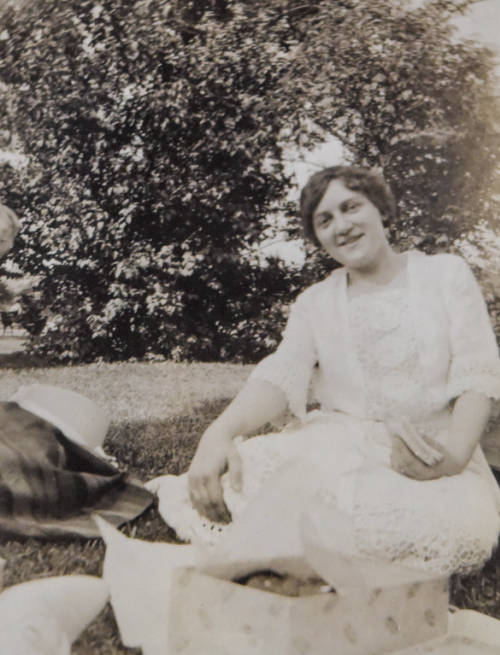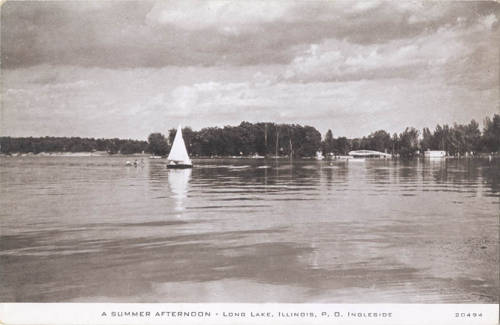Cooler weather. Baking spices. Warm cider. These things might conjure up a variety of associations and feelings, but for those of us living in the northern United States, they herald the beginning of the autumn or fall season. With the start of November, the IDHH would like to highlight that time of year when the daylight hours wane and sweater weather is in vogue. In the Northern Hemisphere, autumn is usually recognized as the time between the autumnal equinox toward the end of September and the winter solstice toward the end of December. This time of the year has held various significance across cultures and periods, but early associations in the Northern Hemisphere centered around the passing of the year and the importance of the harvest season in areas across medieval Europe.
While this connection to harvesting continues to be paramount for those working in agriculture, the environmental changes during the fall season have also become a key aspect of tourism for certain areas of the world. In the United States, portions of northern New England, Appalachia, and the upper Midwest offer prime views of leaves changing from their usual green color to vivid hues of orange, red, and yellow in the autumn months. Millions of visitors pour into these areas of the country to witness this stunning natural display – an act referred to as ‘leaf peeping’ in some circles. A phrase used colloquially in the United States since only the 1960s, leaf peeping is an autumn activity enjoyed internationally in the provinces of Ontario and Quebec in Canada, as well as in various parts of Japan.
Here are a few of our favorite items featuring vibrant fall foliage:




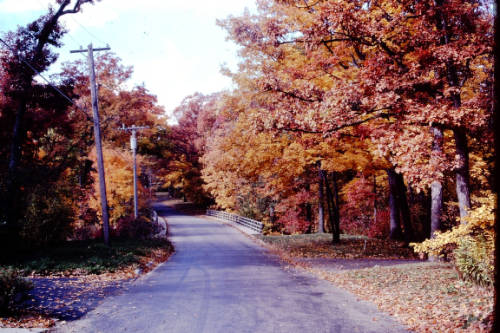
Want to see more?
Visit the IDHH to browse even more items related to the fall season.
